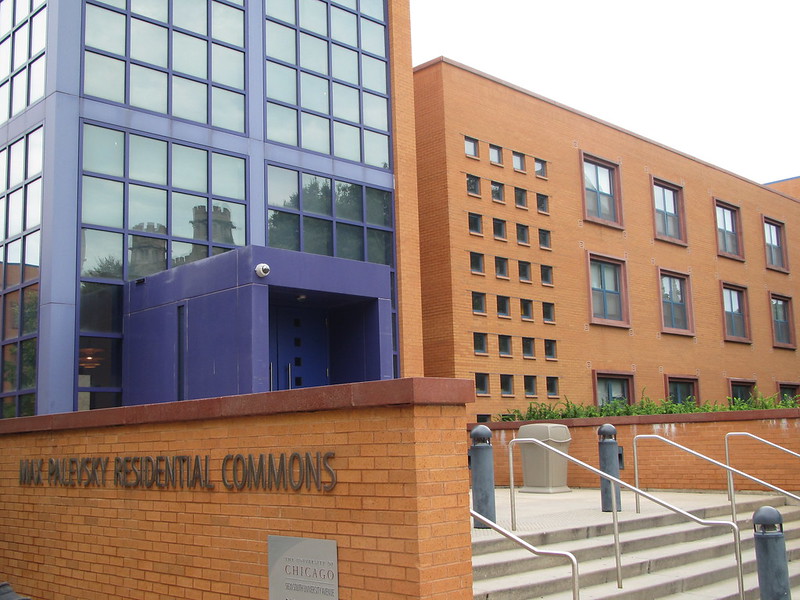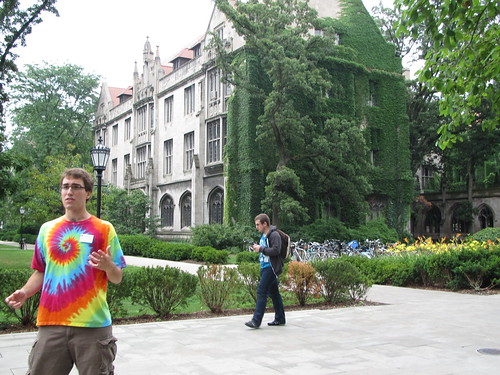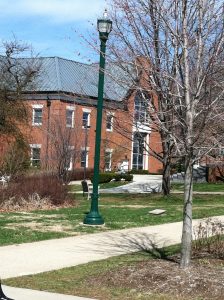Top-tier colleges may get record applications, but why are college acceptance rates so low? The increasing difficulty of gaining admission into the most selective universities is a trend that continues to challenge college-bound students.
If you’re planning to apply to one of these highly selective colleges in the next year or two, it’s important to understand the reasons behind these low acceptance rates and remember that there are hundreds of other great colleges out there. The national admissions rate is about 65%, but this number drastically drops when you look at elite institutions.
The Intimidating Low Acceptance Rates
Harvard College, for example, has one of the lowest acceptance rates in the country. For every 100 students that applied to America’s most prestigious school, 94 were rejected. This year, Harvard had the country’s lowest acceptance rate reported so far—just 5.9%, offering admission to only 2,032 students out of the 34,302 who applied.
Last year, the rate was 6.2%. Despite the tough odds, Harvard ramped up financial aid, offering help to 60% of the students admitted, making the average cost for families around $12,000 per year for tuition, room, board, and fees.
Princeton University also saw a record low acceptance rate at 7.86%, down from 8.5% the previous year. With 26,664 applications, Princeton offered admission to just 2,095 students. Similarly, Yale University, which had a record-high applicant pool of 28,975, admitted only 1,975 students, resulting in a 6.8% acceptance rate, down from 7.4% last year.
Other prestigious institutions, like Cornell University and Johns Hopkins University, reported lower acceptance rates as well. Cornell’s rate dropped to 16.2% from 18%, while Johns Hopkins admitted only 17.7% of applicants, down from 18.3%.
Why Are College Acceptance Rates So Low?
One of the primary reasons why college acceptance rates are so low at top-tier institutions is the sheer volume of applications. More students are applying to more colleges, often through the Common Application, which makes it easier to apply to multiple schools with just a few clicks. However, this convenience has led to a surge in applications, including many from students who are not necessarily a good fit for the schools they’re applying to.
Another factor contributing to low acceptance rates is that many applicants disqualify themselves before they even submit their applications. Here are some common ways students inadvertently lower their chances of being accepted:
- Not Meeting Minimum Criteria: Some students apply without meeting the required tests, such as SAT Subject Tests, or without completing necessary coursework. These applications are often automatically disqualified.
- Poorly Written Essays: Submitting a poorly written essay or one that lacks authenticity can severely damage an applicant’s chances. Admissions officers are looking for essays that reflect the student’s true voice and potential.
- Weak Recommendations: Asking a recommender who doesn’t know the student well or who doesn’t write compellingly can be detrimental to the application.
- Lack of Demonstrated Interest: Not visiting the campus, contacting the college, or showing any interest can hurt a student’s chances, especially at schools where “demonstrated interest” is considered.
- Inadequate Course Load: Dropping essential courses in the senior year can disqualify a student from meeting the admissions requirements.
The Impact of Low Acceptance Rates
The result of these factors is that a significant number of applicants are easily denied, leading to an increasingly competitive environment. This heightened competition not only affects the students applying but also skews the perceived selectivity of these institutions. When acceptance rates plummet, it can create an aura of exclusivity that may discourage some students from even applying.
However, it’s important to keep in mind that while top-tier schools are becoming more selective, there are many other excellent colleges with higher acceptance rates that provide quality education and opportunities. College-bound students should focus on finding the right fit for their academic, social, and financial needs, rather than solely aiming for the schools with the lowest acceptance rates.
Conclusion
So, why are college acceptance rates so low? The combination of increasing application numbers, the ease of submitting applications, and the disqualification of non-competitive applicants all contribute to this trend. While it can be daunting, students should not be discouraged. Instead, they should focus on strengthening their applications, meeting all requirements, and exploring a range of colleges that can offer them a fulfilling college experience.
















